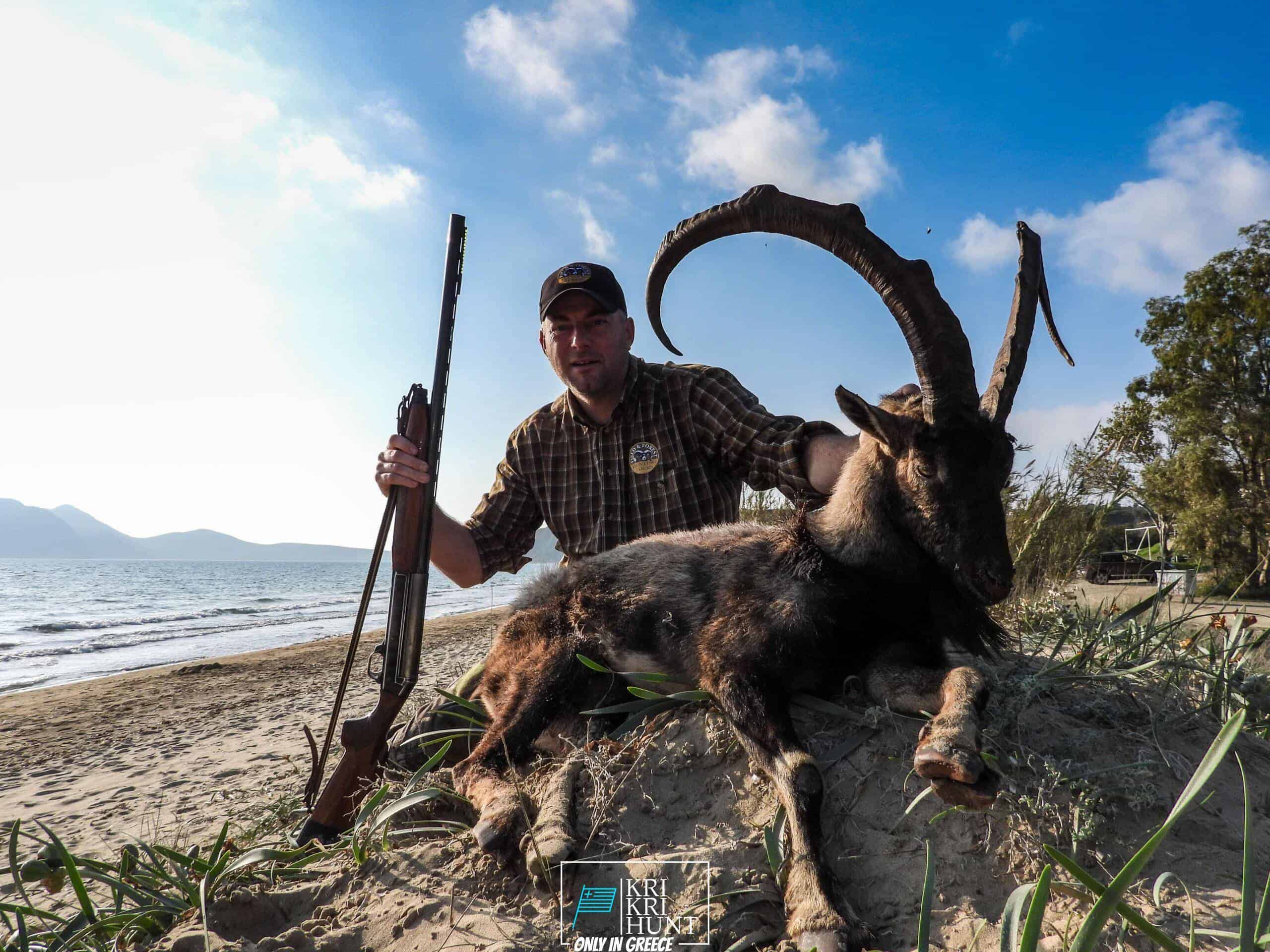Free diving, searching and angling on Sapientza island in Greece
Free diving, searching and angling on Sapientza island in Greece
Blog Article

They say that the Peloponnese peninsula is the "genuine" Greece. As well as we state, if you're trying to find an extraordinary adventure, our hunting and also exploring Peloponnese excursion from Methoni is the ideal way to experience all that this beautiful country has to provide.

Greece is a fantastic nation for tourist, supplying many different chances for site visitors. There are many attractive islands to go to, such as Sapientza, along with historical sites as well as social experiences to delight in. Greece is likewise popular for its delicious food as well as a glass of wine. Whatever your rate of interests may be, Greece has something to use you.
What to Expect on a Peloponnese Tour? You can anticipate to be blown away by the natural elegance of the area when you book one of our hunting and also touring Peloponnese Tours from Methoni. From the pristine coastlines to the hills as well as woodlands, there is something for everybody to enjoy in the Peloponnese. In addition, you will have the chance to taste several of the best food that Greece has to use. Greek food is renowned for being delicious as well as fresh, as well as you will certainly not be dissatisfied. Among the best parts concerning our scenic tours is that they are made to be both fun as well as instructional. You will certainly find out about Greek history as well as culture while likewise getting to experience it firsthand. This is an amazing opportunity to immerse on your own in everything that Greece needs to provide.
There is absolutely something for every person in the Peloponnese peninsula. Whether you are interested in history and also society or nature and also outdoor tasks, this is an ideal destination for your following holiday. If you are short in a timely manner, our searching and touring Peloponnese Tours from Methoni is a wonderful method to see everything this impressive location needs to offer.And last but not least, your Kri Kri ibex prize is waiting for you.
What is the diference between Kri Kri ibex, Bezoar ibex and hybrid ibex
The kri-kri is not thought to be indigenous to Crete, most likely having been imported to the island during the time of the Minoan civilization. Nevertheless, it is found nowhere else and is therefore endemic to Crete. It was common throughout the Aegean but the peaks of the 8,000 ft (2,400 m) White Mountains of Western Crete are their last strongholds–particularly a series of almost vertical 3,000 ft (900 m) cliffs called ‘the Untrodden’—at the head of the Samaria Gorge. This mountain range, which hosts another 14 endemic animal species, is protected as a UNESCO Biosphere Reserve. In total, their range extends to the White Mountains, the Samaria National Forest and the islets of Dia, Thodorou, and Agii Pandes.
This Ibex is NOT a diminutive form of the Bezoar Ibex, which has migrated into the western-most reach of the range of this species. The kri – kri (Capra aegagrus cretica), sometimes called the Cretan goat, Agrimi, or Cretan Ibex, is a feral goat inhabiting the Eastern Mediterranean, previously considered a subspecies of wild goat. The kri-kri has a light brownish coat with a darker band around its neck. It has two horns that sweep back from the head. In the wild they are shy and avoid tourists, resting during the day. The animal can leap some distance or climb seemingly sheer cliffs.
“The agrimi goat Capra aegagrus cretica is unique to Crete and its offshore islands. It has been identi®ed as a sub-species of the wild bezoar goat Capra aegagrus aegagrus Erxleben, 1777, which it closely resembles in horn shape, body form and coloration. This classi®cation has been disputed by some researchers who claim that the agrimi are feral goats, derived from early domestic stock brought to the island by the ®rst Neolithic settlers. In order to clarify this issue, DNA analyses (cytochrome b and D loop sequences) were carried out on tissue of live and skeletonized agrimi and compared to sequences of wild and domestic caprines. Results conclusively show the agrimi to be a feral animal, that clades with domestic goats (Capra hircus) rather than with wild Asiatic bezoar. This study demonstrates that morphometric criteria do not necessarily re¯ect genetic af®nities, and that the taxonomic classi®cation of agrimi should be revised.”
Report this page